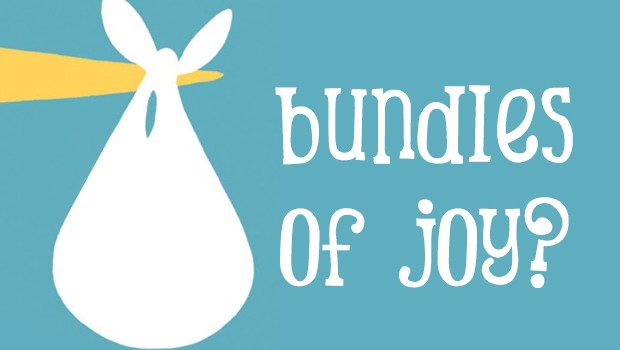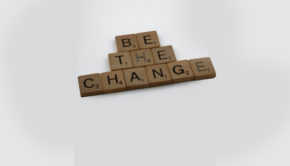Bundles of joy?
To bundle or not to bundle? For publishers working out the best way to sell their digital content, it is an increasingly important question.
Bundling has been around for some time in the education, professional and STM sectors, and there is a sense that it is now becoming a serious option for trade publishers too. The flexibility it offers is a huge attraction, giving publishers the freedom to package, promote and sell their content in new and exciting ways. One thing is clear: the days when customers could only buy a single product at a single price from a single source are well and truly over.
Bundling is perfect for the kind of specialist, detailed content that education and STM publishers own. By packing together different e-books from their collections, they can offer compelling digital libraries that give institutions or end-users all the resources they need. For students or researchers, this ‘one-stop-shop’ approach means they do not need to spend time and money finding and purchasing several different titles. Bundling up print copies of books with their digital equivalents has been another popular tactic.
But bundling goes well beyond simply mixing and matching books. Publishers are offering increasingly sophisticated packages, slicing and dicing chapters or chunks of their content to suit customers’ needs. Renting instead of selling gives them yet another service to offer customers, and subscription models are becoming more and more prevalent. It has even brought to life the idea of a custom-made e-book, made up of specific pieces of digital content that are bundled up to create something bespoke and personalised for a reader.
There is an interesting comparison to be made here between publishing and television. Not so long ago, TV viewers would have to wait to watch their favourite programmes at set times and on set channels—but now they can access them just about whenever and wherever they like. Box sets are TV’s equivalent of publishing’s bundled books, available on demand either direct from their producers or through retail intermediaries and subscription models like Netflix.
Education and STM publishers have been doing this sort of thing for at least as long as TV companies, so they are well ahead of the game. And their success has not gone unnoticed by trade publishers, who are constantly looking for fresh and imaginative ways to wrap up their content. Offering a two-in-one deal of eBooks and print copies has been a growing trend, with the likes of Osprey’s Angry Robot imprint bundling them up together. CEO Rebecca Smart told Firsty earlier this year that it was a nice add-on for booksellers as well as Angry Robot, and was helping to build a community around the imprint. Just last week, HarperCollins and Foyles announced that they would start selling bundles of hardbacks and eBooks on eight titles.
Not all publishers have followed suit, but they have just been given the hurry-up by Amazon’s launch of the Matchbook scheme, which gives readers a free or discounted e-book to read on their Kindles when they buy a print copy. It is only on offer in the US for now, but a similar Amazon scheme to offer music fans access to free MP3s with their CD purchases soon transferred to the UK, and it seems likely that Matchbook will make its way across the Atlantic before too long as well.
Trade publishers must now decide whether they want to opt in to Matchbook, and whether bundling their content is a good idea. It certainly has plenty of advantages for readers. One is the impression it gives of value—of getting something extra for the same price or a little more. Another is convenience—of being able to access content on different platforms at any time. It is a powerful proposition for publishers too, who can bundle in flexible and innovative ways, whether as part of one-off promotions or permanent deals. Amazon reckons it will boost publishers’ incremental sales, by persuading people who buy print books to slip in a copy for their Kindle into their shopping baskets too.
But publishers will also be wary of a few pitfalls of bundling. They include the possibility that deals of this sort will continue the downward spiral of prices, leading customers to expect even more content for even less money. Some publishers and commentators believe that bundling isn’t necessary, and would much rather leave the choice between e-books and print books to the consumer. Another hurdle some publishers face lies on the technology side. Bundling content is a whole new business model, and facilitating it can seem rather daunting for some. But new digital technology is making it increasingly straightforward, and help is on hand for publishers who need it.
Perhaps the most important lesson to be learned from the emergence of bundling is that print and digital is no longer an either-or equation. People don’t necessarily choose between an eBook or print copy any more—they want both. As no less a voice than Bill Bryson told this year’s Booksellers Association conference, publishers may well find their readers getting irate if they don’t start bundling as a matter of course. “Somebody gave me a digital reader as a gift last spring and I now find that when I’m travelling I take digital books with me,” Bryson said. “I’d like to possess both versions but I’m forced by the book world to choose one or the other… I kind of resent it.” Unless publishers start to think seriously about bundling, he won’t be the only one.





